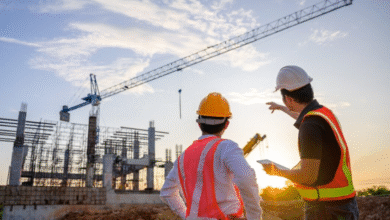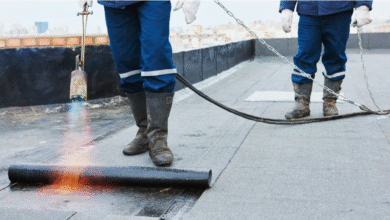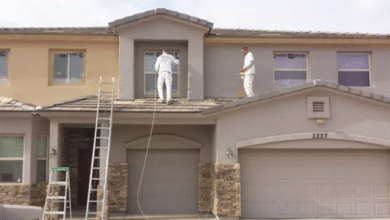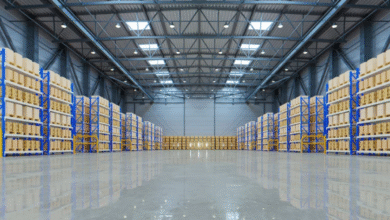The Links Between Climate Change and Mold in Commercial Buildings

Climate change continues to impact the built environment in ways that extend beyond rising temperatures. One of the less discussed yet increasingly significant concerns is the rise in mold growth within commercial buildings. With shifting weather patterns, higher humidity levels, and more frequent extreme weather events, commercial properties are now at greater risk of mold contamination than ever before.
Facility managers seeking the services of commercial mold remediation in Atlanta must understand how climate-driven changes are creating ideal conditions for mold growth, and what proactive steps can mitigate these risks.
Climate Change and Building Moisture
Rising temperatures contribute to increased atmospheric moisture, creating conditions that support mold proliferation. Commercial buildings, especially older ones, often have outdated HVAC systems and limited vapor barriers, making them more vulnerable to sustained humidity and water intrusion. Flooding caused by storms or poor drainage exacerbates the issue, seeping into wall cavities, subflooring, and insulation materials.
Once moisture enters these building materials, spores that were previously dormant can quickly activate and spread. This is why mold inspections after water damage are essential; they uncover hidden contamination that could otherwise lead to costly remediation or health liabilities.
Humidity and HVAC Failures
Modern commercial buildings rely heavily on controlled ventilation to maintain healthy indoor air quality. However, climate-driven spikes in outdoor humidity can overwhelm HVAC systems that aren’t equipped to dehumidify effectively. Once relative humidity rises above 60 percent indoors, mold spores can thrive on surfaces like drywall, ceiling tiles, and carpeting.
This issue is particularly prominent in high-traffic environments like schools, medical facilities, and office complexes, where consistent temperature control is vital. Mold outbreaks not only threaten air quality but also lead to potential litigation or business interruptions if employees or tenants experience health effects.
Commercial vs. Residential Risks
Although mold can affect all buildings, commercial structures face unique risks due to their size, complexity, and occupancy levels. Larger buildings typically have more hidden zones for moisture accumulation, mechanical rooms, basements, and crawlspaces that may go unchecked for extended periods.
Understanding the difference between residential and commercial mold inspections helps property managers ensure they choose the right inspection protocols. Commercial inspections typically involve industrial-grade testing, multi-zone analysis, and coordination with maintenance personnel to locate and address all affected areas efficiently.
The Need for Long-Term Mold Strategies
As climate conditions continue to evolve, mold prevention must shift from reactive cleanup to proactive risk management. This includes upgrading HVAC infrastructure, sealing vulnerable building materials, scheduling routine mold inspections, and training staff to recognize early warning signs like musty odors or discolored walls.
Long-term strategies also involve selecting building materials that are mold-resistant and installing dehumidification systems in high-risk areas. Insurance policies should be reviewed to ensure coverage aligns with new climate-related risk profiles.
Conclusion
The link between climate change and increased mold presence in commercial buildings is no longer speculative; it’s a documented and growing concern. To protect occupants, maintain operations, and avoid costly remediation, property owners must prioritize prevention, early detection, and professional mold remediation strategies tailored to the demands of a changing environment.





